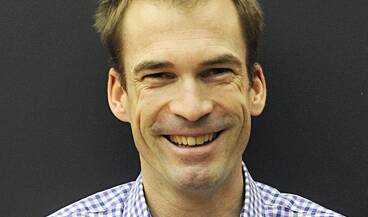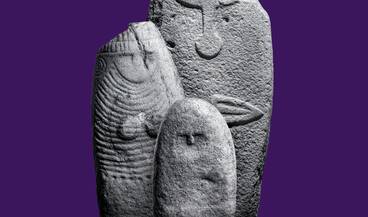Today
10:00 - 17:00
10:00 - 17:00
Tuesday till Wednesday 10:00 - 17:00
Thursday 10:00 - 19:00
Friday till Sunday 10:00 - 17:00
Monday closed
Tuesday till Wednesday and Friday 10:00 - 18:00
Thursday 10:00 - 19:00
Saturday till Monday closed
Long Night of the Museums 06.09.2025 10:00 - 17:00
18:00 - 23:59
Long Night of the Museums 07.09.2025 0:00 - 2:00
10:00 - 17:00
Knabenschiessen 15.09.2025 closed
Family Day 19.10.2025 10:00 - 17:00
22.12.2025 10:00 - 17:00
23.12.2025 10:00 - 17:00
Christmas Eve 24.12.2025 10:00 - 14:00
Christmas 25.12.2025 10:00 - 17:00
St. Stephen´s Day 26.12.2025 10:00 - 17:00
27.12.2025 10:00 - 17:00
28.12.2025 10:00 - 17:00
29.12.2025 10:00 - 17:00
30.12.2025 10:00 - 17:00
New Year´s Eve 31.12.2025 10:00 - 17:00
New Year´s Day 01.01.2026 10:00 - 17:00
Saint Berchtold 02.01.2026 10:00 - 17:00
accessibility.openinghours.special_opening_hours.link
Show all10:00 - 17:00
Tuesday till Wednesday 10:00 - 17:00
Thursday 10:00 - 19:00
Friday till Sunday 10:00 - 17:00
Monday closed
Tuesday till Wednesday and Friday 10:00 - 18:00
Thursday 10:00 - 19:00
Saturday till Monday closed
Long Night of the Museums 06.09.2025 10:00 - 17:00
18:00 - 23:59
Long Night of the Museums 07.09.2025 0:00 - 2:00
10:00 - 17:00
Knabenschiessen 15.09.2025 closed
Family Day 19.10.2025 10:00 - 17:00
22.12.2025 10:00 - 17:00
23.12.2025 10:00 - 17:00
Christmas Eve 24.12.2025 10:00 - 14:00
Christmas 25.12.2025 10:00 - 17:00
St. Stephen´s Day 26.12.2025 10:00 - 17:00
27.12.2025 10:00 - 17:00
28.12.2025 10:00 - 17:00
29.12.2025 10:00 - 17:00
30.12.2025 10:00 - 17:00
New Year´s Eve 31.12.2025 10:00 - 17:00
New Year´s Day 01.01.2026 10:00 - 17:00
Saint Berchtold 02.01.2026 10:00 - 17:00
accessibility.openinghours.special_opening_hours.link
Show allGuided tour with an expert
Rundgang durch die Ausstellung «Menschen. In Stein gemeisselt».
Museumstrasse 2
8021 Zürich
Monday till Friday 09:00 - 12:30


6,000 years ago, people in Europe started erecting large stone sculptures. These sculptures were in the shape of women and men with faces and arms, hairstyles and even tattoos. They also carried or wore highly desirable items such as weapons, jewellery or clothing that depicted the innovations of their time. But the stelae were also symbols of power and status, and were used for ancestor worship and rituals. These likenesses were created in an age when people were increasingly engaging in agriculture and animal husbandry, coming together in village communities and beginning to use metal. The temporary exhibition in the National Museum Zurich’s extension wing brings together stelae from a number of European countries, including new finds from the cantons of Zurich and Valais, and offers a unique insight into the world of people in the Neolithic period.